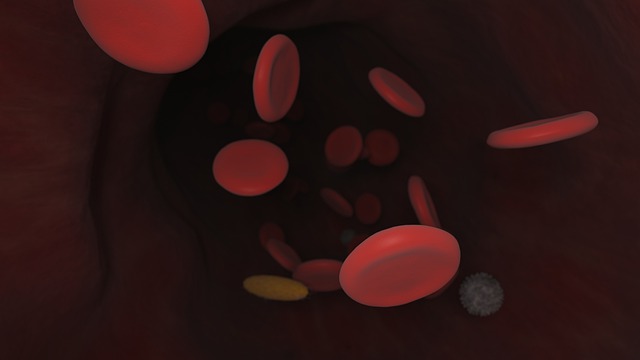Podcast: Play in new window | Download (Duration: 11:49 — 16.7MB) | Embed
Olanzapine is a 2nd generation antipsychotic that blocks dopamine-2 receptors.
Olanzapine Relprevv (long acting injectable) needs to be closely monitored after the injection is given due to risks of sedation and delirium.
Sedation is a common occurance with the use of olanzapine. It is one of the more sedating second generation antipsychotics.
Weight gain, hyperlipidemia, and hyperglycemia are all potential adverse effects with olanzapine.
Be sure to check out our free Top 200 study guide – a 31 page PDF that is yours for FREE!
I discuss important drug interactions on the podcast, be sure to check out my latest project which is a 200+ page book on managing drug interactions in primary care.










